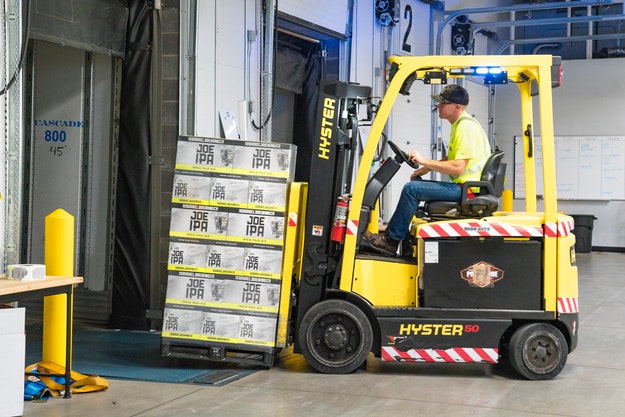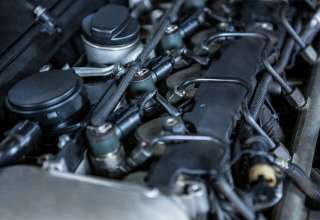Forklifts are undoubtedly very useful machines – they’re used constantly in environments that require heavy things to be moved quickly and effectively, and for this reason, they are indispensable to many industries. Due to the nature of what they’re built for, there is a greater need for people to be aware of safety protocol in relation to forklifts than many other devices in a factory environment. Although there are the more obvious needs, such as using a forklift only for the purpose it was designed for, there are a lot of other important bits that you should know. In this article, we take a look at what you should know before you use a forklift.
Forklift safety basics
If you’re looking into forklift rental in Melbourne, it’s very important that you have some idea about how safety should be implemented before you rush out and get a hold of a forklift. The first thing you should keep in mind is that anyone who is to operate a forklift will require a license – promises from people saying that they’ve used a forklift before and know what they’re doing is not a license. It is also important that anyone who operates a forklift is on no way fatigued or on medication that may inhibit their performance on the machine. Speed limits, as with motor vehicles, should always be adhered to, as the faster, the forklift is traveling the more potential there will be for an accident to occur. In addition to these common-sense tips, you should also ensure that anyone who uses a forklift wears a seatbelt and pays special attention to the forklift manufacturers’ specifications, such as recognition of the weight load capacity and not raising the load high if unnecessary. If you want to use the forklift to raise a person, first make sure that it is intended for this purpose and if there is also a work platform that you can attach.
How to demonstrate safety tips
It’s often not enough to do informal forklift training, as there is potential for it to be glossed over and forgotten. Instead, make sure to provide the time to provide in-depth training and information for operators on all aspects of forklift truck operation and maintenance. It is a good idea to keep track of these training sessions, with details specific to each operation kept for their term of employment. Your training should include information about wearing appropriate protective equipment when doing riskier things such as changing or charging batteries, the need to inspect the forklift each shift to identify issues with not just the forklift itself, but things like lift and tilt systems, steering, brakes, controls, auto tires, warning devices, load arms, brake fluid, and hydraulic oil. Proper procedures should be in place for fuel handling and storage, and battery charging and charging – it shouldn’t be up to the operator to work out how to do it on their own.
Establishing proper safety tips for your employees
The simplest way to avoid any issues related to incorrect forklift use in the workplace is to implement some kind of rigorous safety instructions. This way you can be sure that everyone is on the same page when it comes to understanding specific safety issues, and if any emergencies arise at all there will be clear instructions in place to manage the damage and minimize harm.











